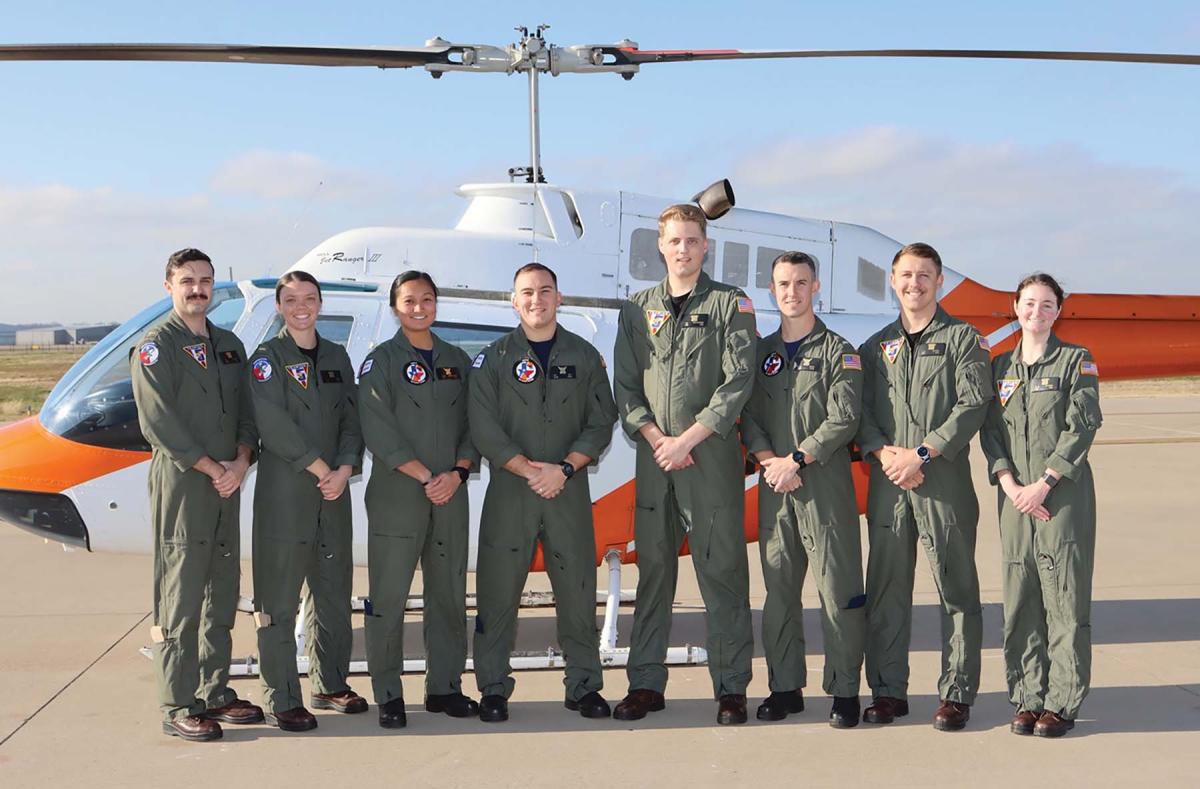In a move to enhance rotary-wing aviation capabilities, the Coast Guard and Navy have begun testing a new training program called Contractor Operated Pilot Training–Rotary (COPT-R). This joint public-private partnership promises faster time to train, increased helicopter simulator and in-aircraft training hours, and access to experienced maritime service rotary-wing aviators. COPT-R was selected after a review of initial pilot training options under the Rotary-wing Only Pilot Training Options Review initiative and continues more than 50 years of aviation training partnership between the Navy and Coast Guard.
COPT-R is a new training paradigm for naval aviators. Previously, all Navy, Coast Guard, and Marine Corps pilots began training at Pensacola and flew fixed-wing aircraft for the primary and intermediate training phases. Rotary-wing pilots then moved on to helicopters as a “bolted on” advanced phase at the end of the curriculum. Completion time for this traditional training pipeline recently swelled to nearly three years.
Under this new rotary-wing-only program, students complete several discrete phases of training at separate locations. They first report to Pensacola for medical screening and introductory flight training, which includes academics and 10 hours of “introduction to flight” in civil fixed-wing airplanes. Then it is on to a contractor-owned/-operated helicopter flight school in Fort Worth, Texas, for “basic” flight training (academics plus 50 hours of in-aircraft and simulator training). Finally, student aviators finish their rotary-wing instruction at the Navy’s Whiting Field at Advanced Helicopter Training.
The first eight students, five Navy and three Coast Guard, have completed training under this program. If the program is successful, it will reduce time-to-train by more than half while producing the same high-quality aviators the nation and maritime services need.



